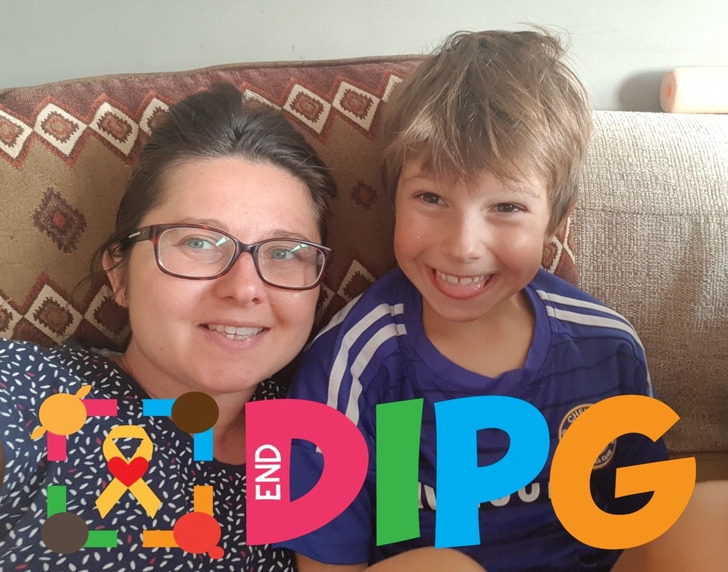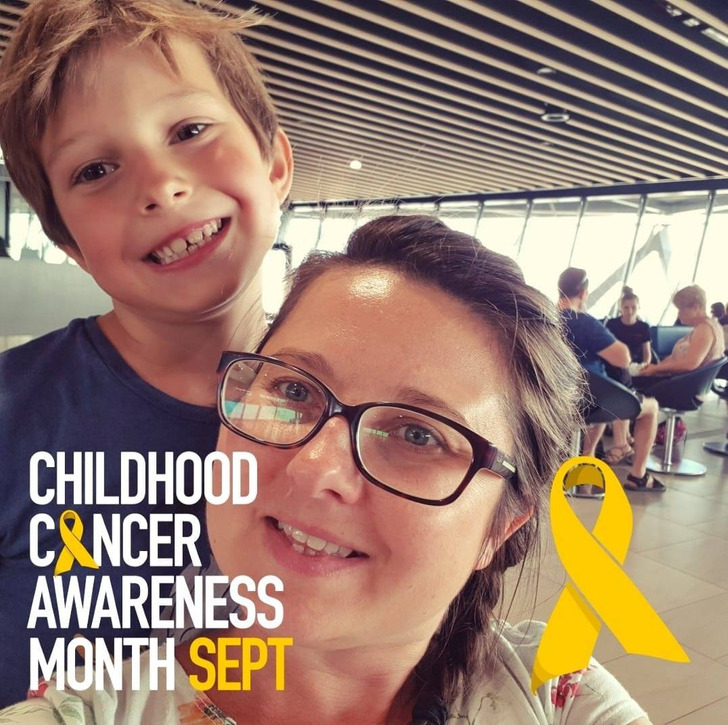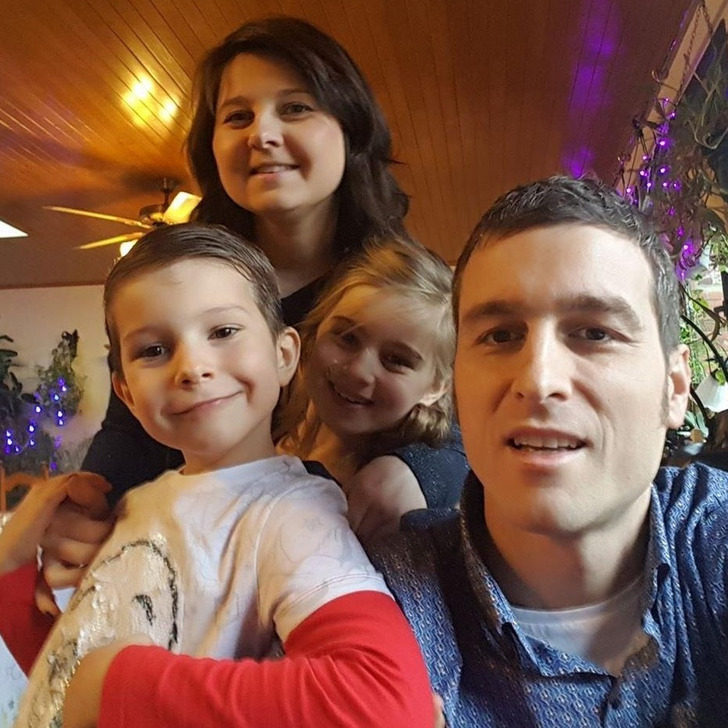In a medical breakthrough that has astounded the world, a 13-year-old boy, Lucas Jemeljanova, has become the first person ever to be cured of a lethal brain cancer known as diffuse intrinsic pontine glioma (DIPG). This remarkable achievement has ignited hope for countless individuals battling this rare and aggressive form of cancer.
At the tender age of six, Lucas was diagnosed with DIPG, a disease that typically carries a devastating prognosis. Only 10% of people diagnosed with this disease live for more than two years. Facing such grim odds, Lucas and his family embarked on a journey that would ultimately lead to a groundbreaking medical discovery.
Lucas was enrolled in a clinical trial where he was randomly assigned to receive a chemotherapy drug not previously used to treat DIPG. Despite its success in treating other cancers, its efficacy against DIPG was largely uncharted territory.
Against all expectations, Lucas responded positively to the treatment, with his tumor gradually disappearing over time. Fast-forward seven years, and Lucas, now 13, stands as a beacon of hope, having officially been in remission for five years.
Dr. Jacques Grill, Lucas’s physician and head of the brain tumor program at the Gustave Roussy Cancer Center in Paris, described Lucas’s case as defying the odds and offering real hope to others battling DIPG. Lucas’s remarkable recovery has sparked optimism not only for his own future, but also for the countless children worldwide facing similar diagnoses.
What sets Lucas’s case apart is not just his remarkable response to treatment but also the unique genetic makeup of his tumor. Dr. Grill revealed that Lucas’s tumor had an extremely rare mutation that made it particularly susceptible to the experimental drug. Understanding these genetic intricacies holds the key to replicating Lucas’s success in other patients.
The road to finding a cure for DIPG is undoubtedly long and arduous. Researchers are now focused on unraveling the genetic abnormalities of patients’ tumors and exploring innovative approaches such as tumor organoids—artificially grown cell masses resembling organs—to replicate the cellular changes observed in Lucas’s case.
Marie-Anne Debily, a researcher overseeing the lab work, emphasized the importance of finding a drug that can mimic the effects observed in Lucas’s tumor cells. However, she cautioned that this process is filled with challenges and typically takes a decade or more before a promising lead evolves into a viable treatment option.
While the journey toward finding a cure for DIPG may be challenging, Lucas’s remarkable story shows the power of perseverance, innovation, and the unwavering determination of medical professionals and families alike. As we celebrate Lucas’s triumph over adversity, we are reminded that with continued research and dedication, a future without DIPG may be within reach.



